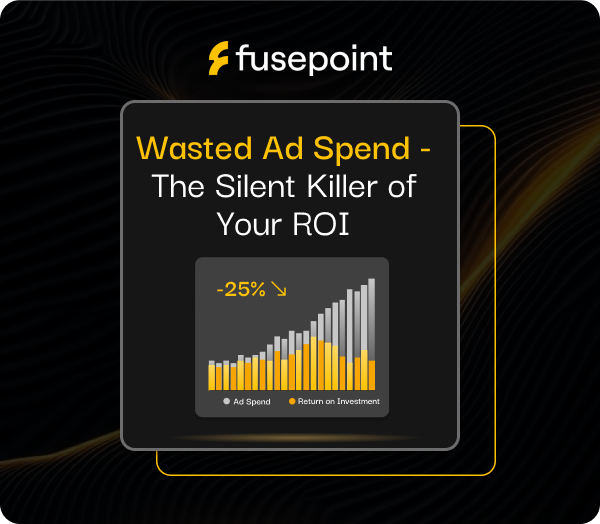Navigating Tariffs with Precision: Why Customer Insight is Your Competitive Edge

Tariffs are rattling markets. Consumer confidence is wobbling. The only certainty? Brands that don’t truly know their customers will lose them.
As input costs rise and consumer sentiment fluctuates, brands will be forced to make harder, faster decisions about where to invest, what to cut, and how to drive profitability under pressure. And that means the margin for error is shrinking.
Let’s break down why customer insight is your most strategic asset right now, and how marketing teams can operationalize it to thrive.
The Cost of Not Knowing: Why Customer Understanding is Mission-Critical
Tariffs don’t just affect costs, they impact pricing strategy, product prioritization, and consumer value perception. The brands that win will be those who can quickly and accurately answer:
- Which customer cohorts will churn first if prices rise and which will pay more?
- Which products drive the most margin among your most valuable segments?
- Which marketing channels drive profitable demand and which just look good in dashboards?
Without a clear understanding of your customer (who they are, what they value, and how they behave) any move you make in response to tariffs becomes a gamble.
From Demographics to Decisions: What “Knowing Your Customer” Really Means
Surface-level data isn’t strategic. Age and geography won’t tell you how customers react to pricing, promotions, or market shifts. In 2025, actionable customer understanding means:
- Cohort-level profitability insights
Identify the customer groups driving the most revenue and margin, not just volume. fusepoint uses LRFM (Length, Recency, Frequency, Monetary) to uncover which cohorts are worth investing in. - Attitudinal and behavioral segmentation
Use survey-based research to understand not just what customers do, but why, then model that insight against future decision-making under price pressure. - Channel-specific impact measurement
Tie back your most efficient acquisition and retention levers to specific customer segments, so you know where to invest even as budgets tighten.
How to Implement Customer Intelligence Now
Here are practical steps marketers can take today:
1. Start with Zero-Party Data
Your customers are willing to tell you what matters to them, if you ask the right questions. Deploy custom surveys across current and prospective audiences to gather zero-party data you can’t get from platforms.
2. Move Beyond Platform Metrics
If you’re still measuring performance solely through Google or Meta dashboards, you’re missing the full picture. To understand true business impact, run third-party incrementality tests (like geo-holdouts and on/off experiments) to separate correlation from causation.
3. Segment by Value, Not Just Demographics
Group customers by behavior and revenue contribution, not just age or location. This will guide smarter media buying, product bundling, and retention strategy.
4. Build a Strategic Feedback Loop
Insights shouldn’t live in a silo. Integrate customer intelligence into creative briefing, campaign planning, and even pricing discussions, especially as tariffs impact product costs.
Why Now? The Risk of Waiting
Waiting for tariffs to hit before re-evaluating your customer strategy is like trying to read a map in the middle of a storm. Decisions made in the dark, based on assumptions or legacy data, can lead to costly missteps.
And this isn’t just about surviving market volatility. Brands that double down on customer understanding now will come out ahead: more resilient, more efficient, and more aligned with what their market actually wants.
Turn Market Uncertainty into Strategic Clarity
At fusepoint, we help mid-market brands make smarter, faster decisions rooted in real customer insight. Our Customer & Audience services combine survey-backed research, cohort analysis, and proprietary frameworks like LRFM to help marketing leaders align spend with value, even in turbulent times.
If you’re ready to stop guessing and start acting with confidence, explore how fusepoint can support your team.
Our Editorial Standards
Reviewed for Accuracy
Every piece is fact-checked for precision.
Up-to-Date Research
We reflect the latest trends and insights.
Credible References
Backed by trusted industry sources.
Actionable & Insight-Driven
Strategic takeaways for real results.



